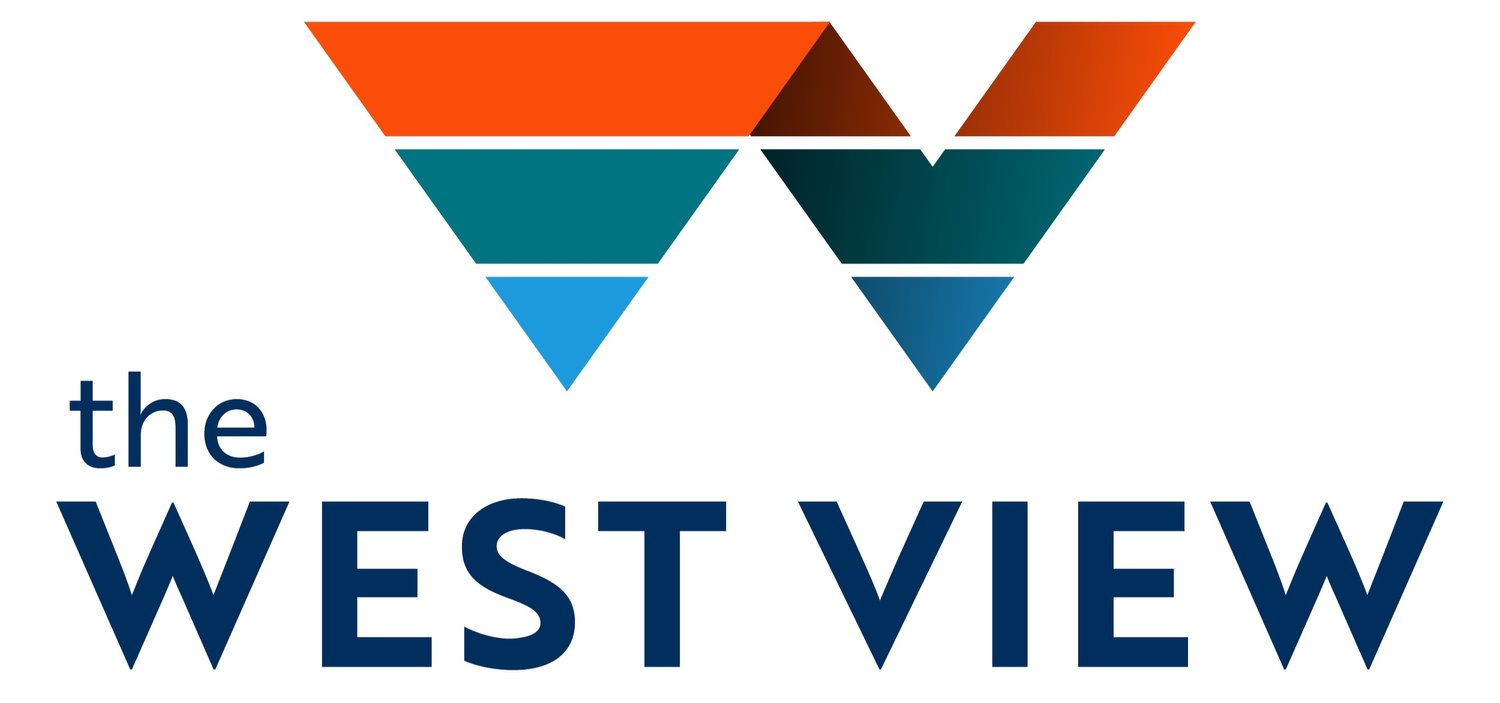Pia Okwai: Jordan River memories and possibilities
I have memories encountering local graffiti art and rubbish heaps along the Jordan River parkway. I also remember having mallard ducks, garter snakes, skunks, and muskrats as neighbors.
Sign up to read this post
Join Now
